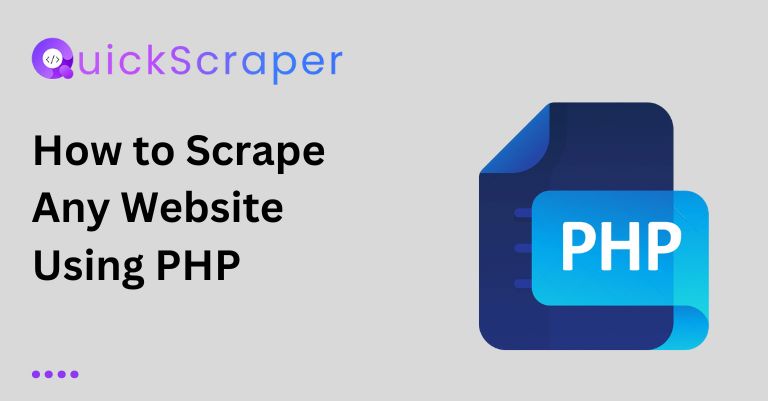
How to Scrape Any Website Using PHP
How to Scrape Any Website Using PHP Do you hate manually copying and pasting data from websites? With web scraping, you can automate the

Marketing is an ever-evolving landscape, and gaining a competitive advantage is essential. Competitor analysis serves as a cornerstone of strategic decision-making, offering insights into rival activities, strengths, and weaknesses. In the digital age, where information is abundant, web scraping emerges as a powerful tool for extracting valuable data from competitors’ websites and online presence. In this comprehensive guide, we will delve into the art of using web scraping for competitor analysis in marketing. We’ll explore the benefits, techniques, and best practices that empower businesses to make informed decisions and outmaneuver the competition.
Competitor analysis is the process of gathering and evaluating information about rival businesses to understand their strategies, offerings, and market positioning. This practice provides businesses with a holistic view of the competitive landscape, enabling them to identify gaps, capitalize on opportunities, and refine their marketing tactics. Web scraping takes this analysis to the next level by automating the extraction of data from competitors’ digital assets.
While web scraping offers transformative benefits, it comes with challenges and ethical considerations. Respect competitors’ intellectual property rights, adhere to website terms of use, and avoid scraping personal or sensitive data.
In the dynamic realm of marketing, data-driven insights are the driving force behind success. Web scraping amplifies competitor analysis, providing businesses with a panoramic view of their rivals’ strategies and activities. Armed with accurate and timely information, companies can fine-tune their marketing strategies, capitalize on emerging trends, and make decisions that set them apart in a competitive landscape. By mastering the art of web scraping for competitor analysis, businesses can pave the way for strategic growth and innovation in the ever-evolving world of marketing.

How to Scrape Any Website Using PHP Do you hate manually copying and pasting data from websites? With web scraping, you can automate the
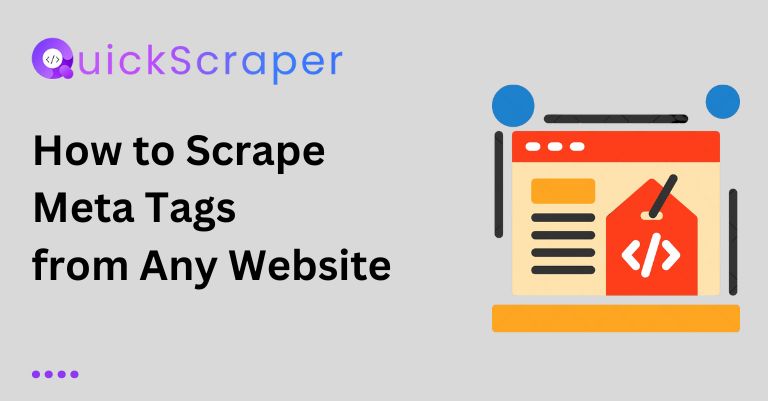
How to Scrape Meta Tags from Any Website Meta tags are snippets of text that describe a website’s content, and search engines use them to
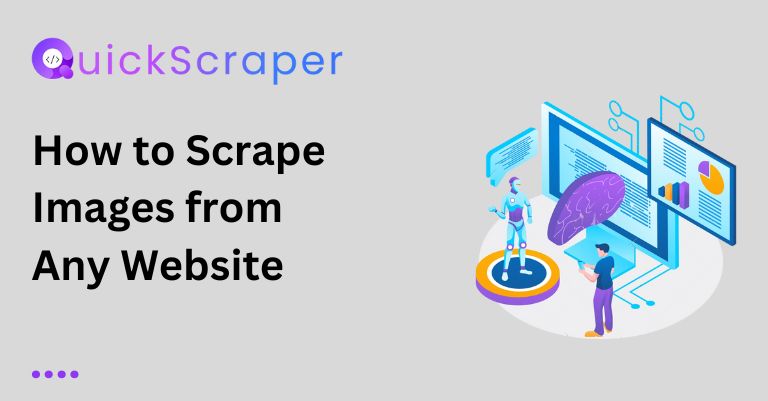
How to Scrape Images from Any Website Scraping images from websites can be a useful technique for various purposes, such as creating image datasets, backing
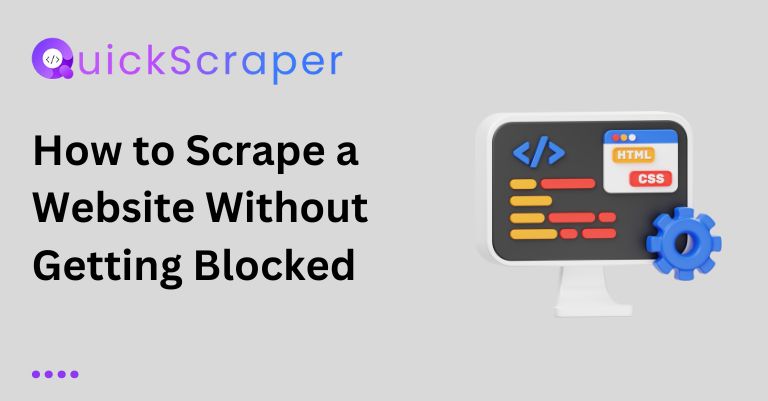
How to Scrape a Website Without Getting Blocked: A Developer’s Guide Web scraping, as a powerful tool, is beneficial for developers, giving them the power
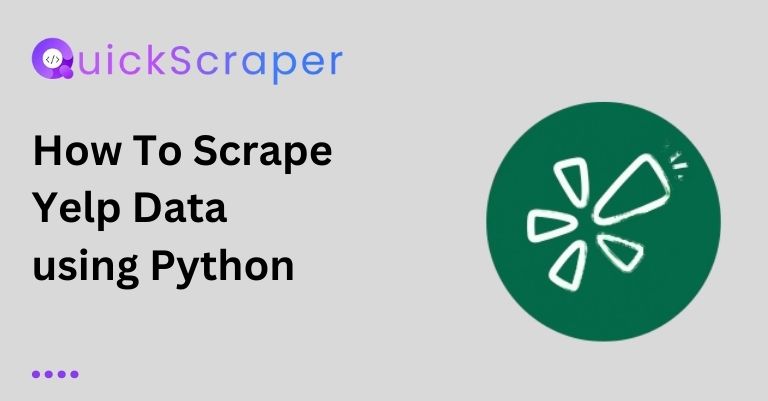
How To Scrape Yelp Data using Python Web scraping is the process of extracting data from websites automatically. In this blog post, we’ll learn
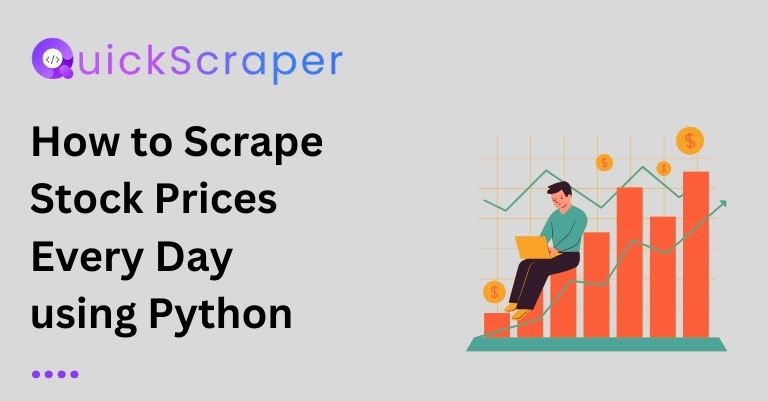
How to Scrape Stock Prices Every Day using Python In this blog post, we will learn how to scrape stock prices from a financial website
By clicking “Accept”, you agree Quickscraper can store cookies on your device and disclose information in accordance with our Cookie Policy. For more information, Contact us.